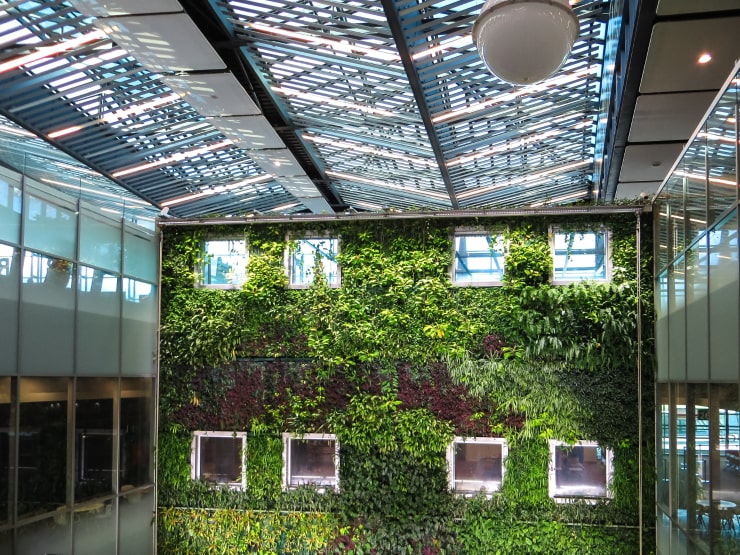Why Do We Need to Regenerate?
There is a valid reason for regenerative design to replace sustainability as the major eco-friendly approach. Since sustainability is based on limiting humans' impact on nature and giving back as much as we take, it is simply not enough effort considering the damage that has already been caused. The regenerative concept focuses on enabling social and ecological systems to not only maintain a healthy state but also to evolve.

Right now we need to think ahead and understand how we can reverse the damage done and have a net-positive impact on the environment instead of just lessening the harm. Since the building and construction fields contribute to a large percentage of the world’s carbon emissions, the regenerative approach to architecture and design plays an extremely important role as a positive force that can help repair natural and human systems.
The Basics of Regenerative Architecture
The regenerative approach is quite challenging for the architects since there are many things that need to be taken into consideration when pursuing this building and design strategy. We decided to share with you some essential elements of regenerative architecture that are likely to gain more popularity in the future.
Integration
One of the principles of regenerative architecture is integration into a landscape. The landscape and its natural systems can be the foundation for the future design. It is recommended to choose the project sites that have been previously built, while eliminating any negative impacts a building may have on the environment.
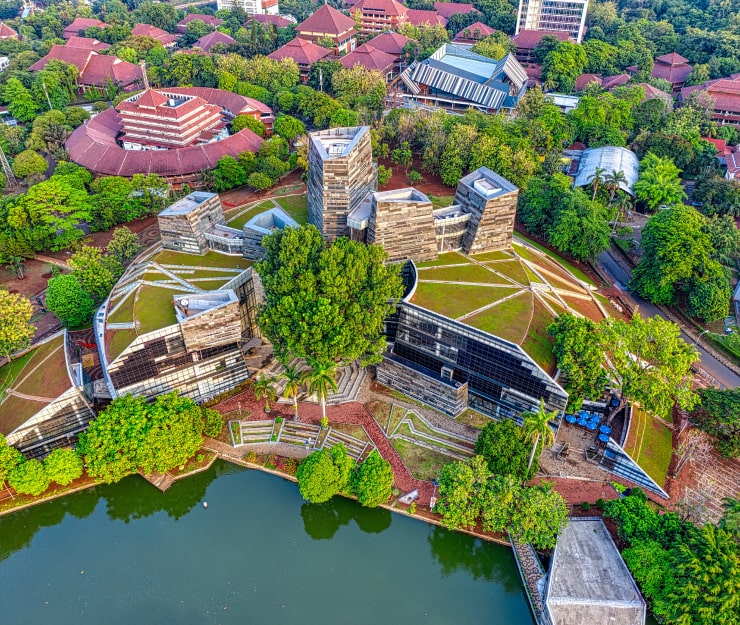
However, the regenerative approach is not just about preventing the damage; it is focused on caring for and improving the ecosystem we live in. For example, the smooth and gradually rising shape of the building can provide access to a green roof for the local fauna.
Materials
Since it isn’t always possible to build a house in a place that will not be under the influence of climate change, the regenerative house needs to be able to withstand these changes in climate. You can make use of flood-resistant materials, as well as higher-quality sustainable materials that will make the building more durable. It is recommended to prioritize recyclable materials to minimize construction waste.
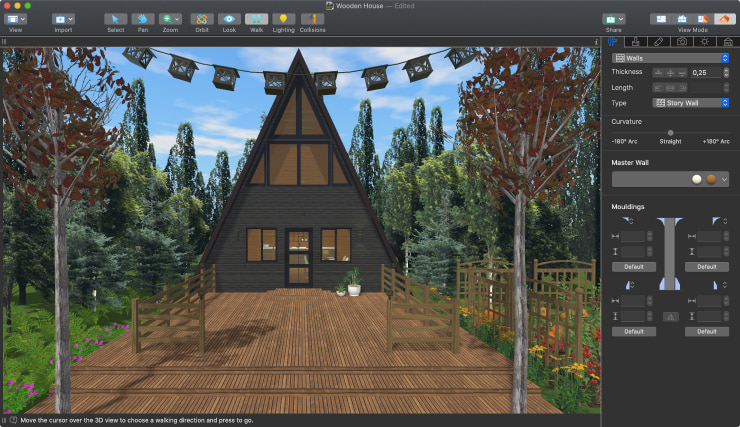
In addition to having a positive impact on the environment and health of the inhabitants, the regenerative approach to construction also takes into consideration the materials in relation to the ecological state of our planet in general. That is why smart usage of wood can be the key strategy in carbon dioxide emissions. Carbon accumulates mostly in old trees, and its natural decomposition leads to carbon dioxide emissions. Using old trees for manufacturing beams, columns and walls leads to phasing out the emissions.
Green Roofs
A green roof is a great solution that meets two principles of regenerative architecture and design simultaneously. First, it increases biodiversity by creating a habitat for wildlife and plants. Secondly, it captures and filters rainwater following the principles of mutual support of the system elements and multiplicity, which means that one element in the system can perform several functions and satisfy more than one need.

Since a regenerative building needs to get all its water supply from capturing rainwater, it is essential to have special rainwater-harvesting systems as one of the measures to achieve net-zero water use. The regenerative approach also encourages the use of collected water to restore the local underground water supply.
Generating and Storing Energy
Regenerative buildings produce and store all the energy they need. Solar panels, building-integrated photovoltaics and wind turbines—these renewable technologies are meant to replace the utility grid as the energy source.
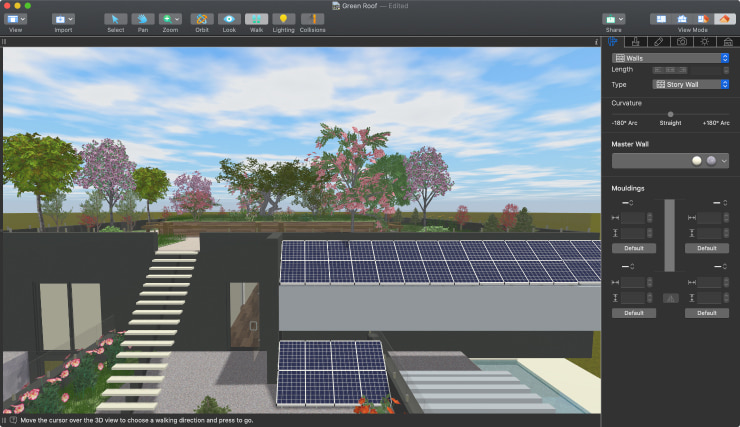
It is also essential to reduce the amount of energy consumed by the building and its inhabitants. This can be achieved in many ways, for example, by creating a project design that can make use of natural ventilation or passive solar heating—collecting the solar energy with the help of certain building materials (e.g., brick, concrete, tile, etc.) and then distributing the collected energy back to the living area when required.
Curtain Walls
Speaking of obtaining thermal efficiency, another practical option for this is building curtain walls. Being built predominantly from glass, curtain walls allow more natural light into a building and improve thermal efficiency, creating a thermal barrier between the living area and the outside. This will help to minimize the use of artificial lighting in the building and the overall amount of consumed energy.
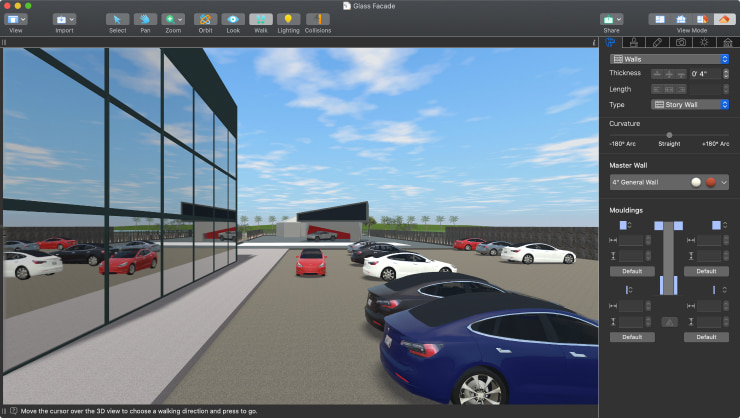
Curtain walls also improve the building’s vertical stability, and they can be beneficial in areas that are constantly impacted by poor weather conditions, like strong winds and heavy rains.
Wastewater Treatment
Last but not least, the regenerative design encourages net-zero wastewater treatment. A good example is the VanDusen Botanical Garden, where the waste from toilets and food is collected and mixed for further composting. The wastewater is extracted, treated and used for irrigation.

The regenerative design is not the simplest approach to architecture; it definitely requires many smart and well-considered decisions. But, since our planet’s resources are not infinite, it will be wise to figure out how we can refill these resources for our own sake.
